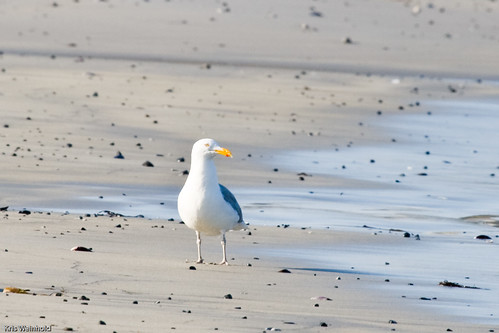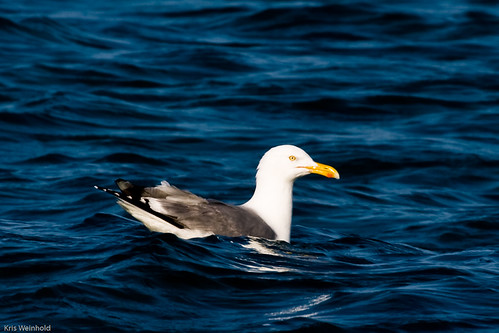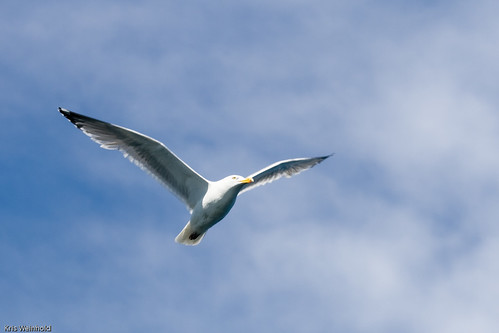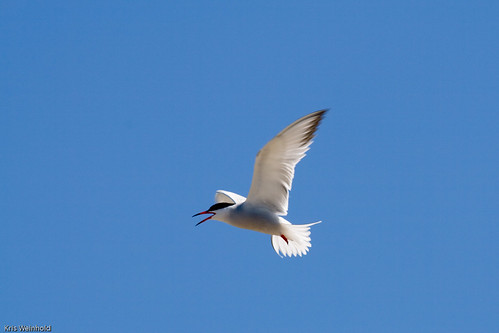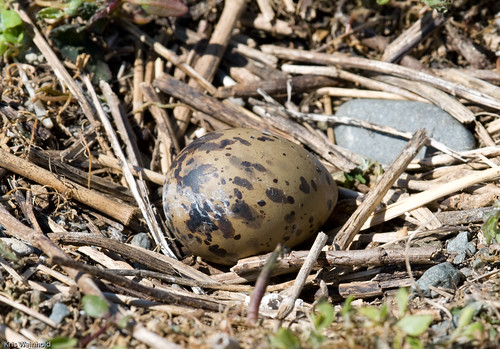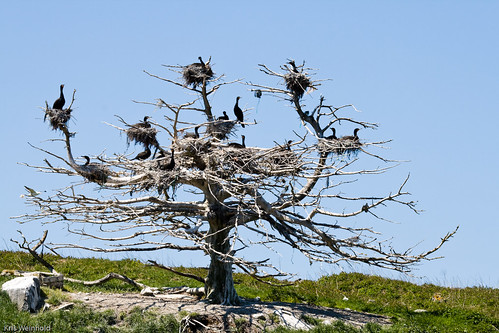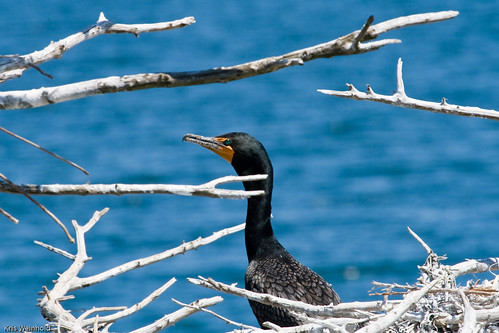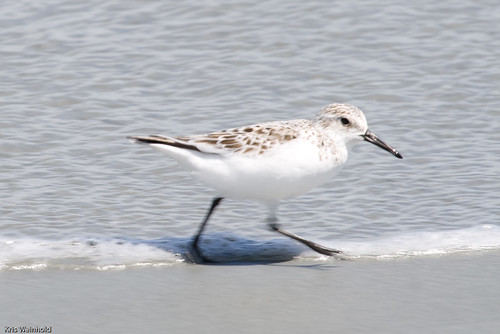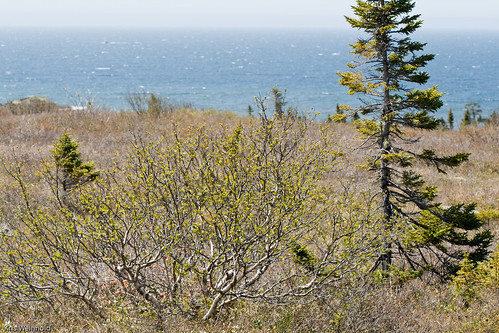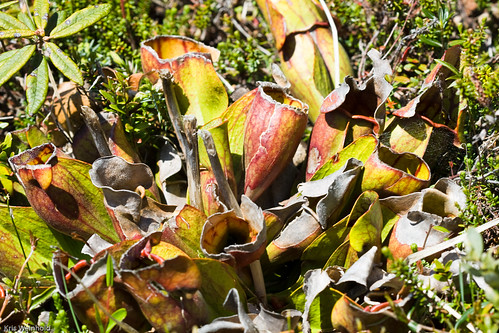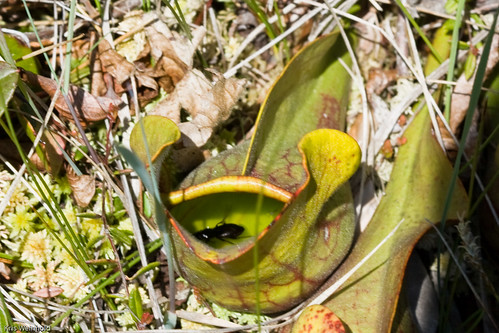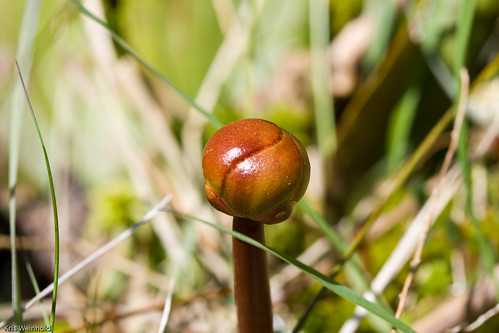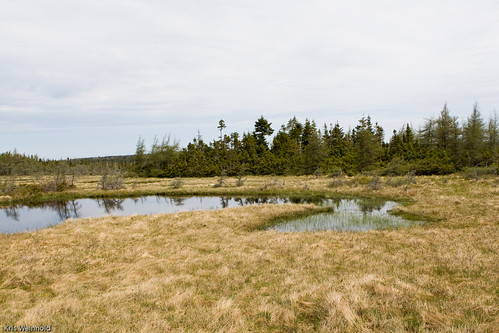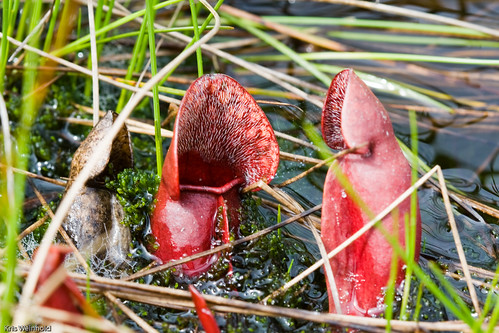Nova Scotia Birds
June 12th, 2008Being a maritime province, Nova Scotia is home to quite a few seabirds that sustain themselves, like the people, largely from the surrounding sea. There are many rare birds that migrate to the area, but then of course they also have the common seagull. Whether on land.
On sea.
Or in flight, the seagulls are almost always nearby. Being used to people, they have learned to follow fishing boats to capitalize on the fish that they bring up. While we were on a whale watching tour, we had a permanent group of seagulls following us around because the same boat also does a daily deep sea fishing expedition.
Despite being kind of nasty and obnoxious adults, the baby seagulls are adorable. With their fluffy down, they’re as soft as can be. Watch out handling them, however, as pooping is their first defense!
We had the wonderful fortune of getting in contact with a birder who cares for a series of small islands off of the coast of Pubnico that houses a small colony of rare rosette terns. He graciously took us out on his boat to get a glimpse of some of these islands, and the birds surrounding them.
We didn’t see many of the rosette terns, and the ones we did were too fast for my camera, but this is a more common tern (above) in flight. We counted several eggs on the island, and took note of any that had been preyed upon by crows, owls, or voles.
We also found a number of Common Eider eggs, in downy feather nests. The feathers kept the eggs at an incredibly warm temperature. Our caretaker covered these eggs up to help avoid them from being easy pickings for the afore mentioned predators.
One of the more distinct looking birds we saw was the Cormorant, which nests in colonies along cliffs or in trees as shown below. They actually end up killing a lot of the trees because their excrement is so potent.
As you get closer to the tree the birds inevitably fly away, but I was able to get this shot of one before they did so. They’re actually quite pretty!
And of course, we saw plenty of other birds like this guy who was scavenging the surf for small crustaceans. We had a fun time following this bird, trying to photograph him, as he constantly scurried away from us whenever we got within 20 feet.
We saw countless other birds other than what I’ve shown below, but I hope you’ve enjoyed the few pictures that I’ve posted up here. Not being a knowledgeable birder myself, I’m sure I saw a ton of species that were lost on me, but I can confidently recommend Nova Scotia to anyone looking for some quality bird watching.
